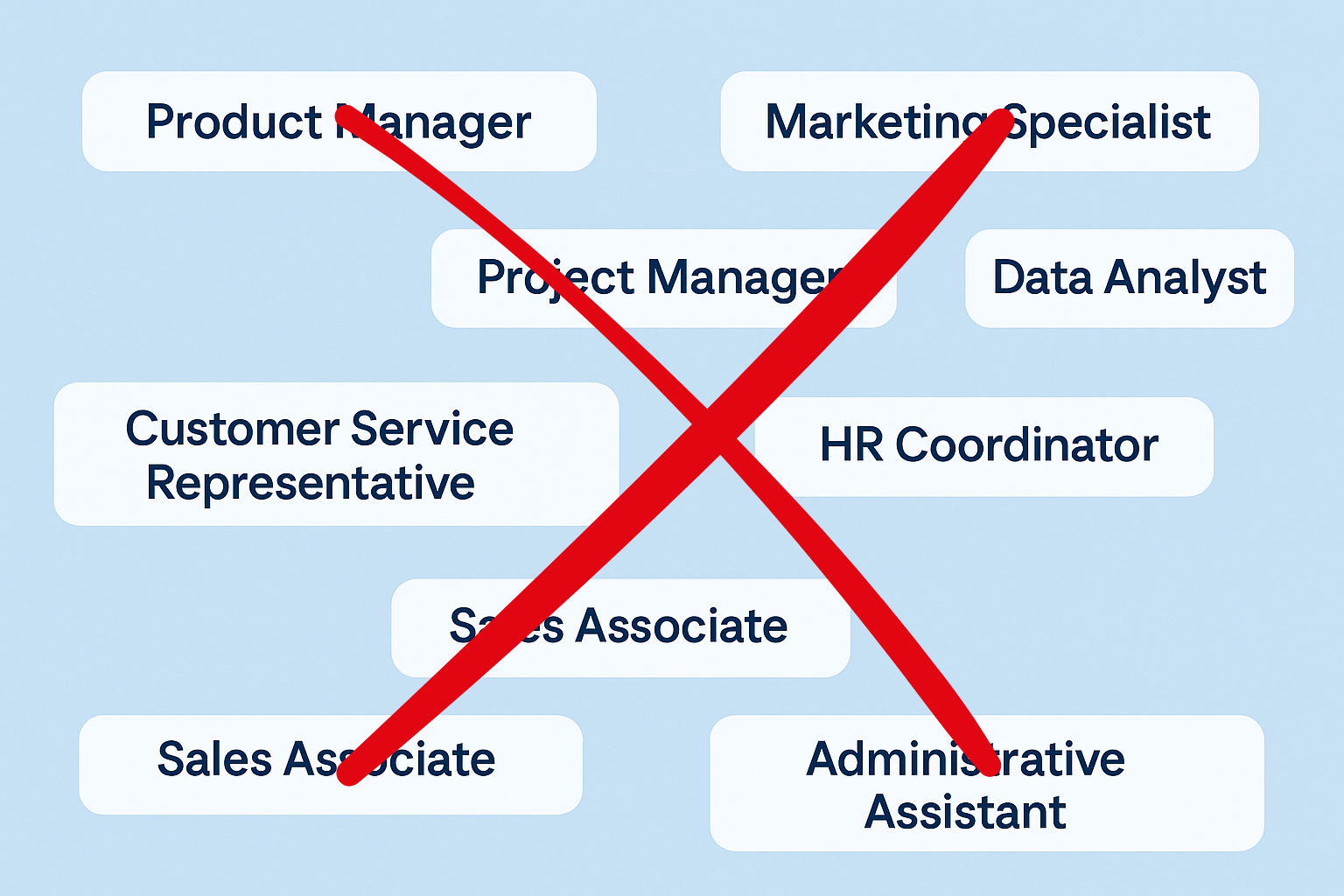In the corporate world, there is one awkward situation that almost no one talks about – running into your ex-employee at a networking event and thinking, “They were actually pretty good.” Now imagine this: instead of ghosting each other forever and building a grudge - you shake hands, talk business and opportunities, and they come back to work with you. Sounds like desperation, right? That is not desperation – that is Boomerang Hiring, and it is the smartest move you make this year. The Numbers Make the Case First According to a 2023 LinkedIn report, 4.5% of all new hires in companies today are boomerang employees. Two years ago, this number was just 3.9%. SHRM (Society for Human Resource Management) notes that boomerang hires outperform new hires in productivity and cultural alignment – especially when rehired within 2 years of leaving. Now, imagine saving a big chunk of that by bringing someone back who: Boomerang hiring is not a trend, it is a strategy hiding in plain sight. But Why Did They Leave in the First Place? In fact, Harvard Business Review reports that 15% of employees who quit a job eventually return, often within three years. What brings them back? Usually, it is culture, colleagues, or realizing the chaos outside your four walls was not worth the hype. The Hidden Benefits of Boomerang Hiring Zero Cultural Onboarding Instant Performance Trajectory They Are Now Even Better Storytime: The Return of the Quiet Star Eighteen months later, after surviving three product pivots and a management disaster at their new job, that same employee emailed their old boss with this line: Within two weeks, they were back – this time with a better understanding of UI trends, a faster Figma hand, and zero ego. The employee is now the team’s design lead. Moral of the story? Never burn your bridges. Common Mistakes SMBs Make with Boomerang Hiring Assuming They Would Never Come Back Burning Bridges During Offboarding Failing to Keep in Touch Make Boomerang Hiring a Part of Your Talent Strategy Let your ex-employees know the door is open – but this time, with a better chair and slightly faster Wi-Fi. Final Thoughts The talent you need is already out there and also knows your WiFi password.
Add to that the fact that the average cost to hire a new employee in the U.S. is $4,700, according to the U.S. Bureau of Labor Statistics. For SMBs, that is not just a dent in the business – it is a disaster.
Let us address the obvious. If they left, why would you want them back?
Simple – because people leave for many reasons that have nothing to do with dissatisfaction:

No awkward HR orientation. No confusion over dress codes or Slack channel names. They just get it.
You already have their past data. You know their strengths, weaknesses, and if they were a team player – or a spreadsheet saboteur.
Boomerangs often return sharper. They bring outside knowledge, a wider lens, and maturity. Think of it as importing talent without paying a consultation fee.
In a small design startup in New York (name redacted for anonymity and dignity), an employee left to “pursue something more exciting.” The founder made peace with it.
"I think I underappreciated what we had."
Reality check: 1 in 6 would – if asked the right way.
A bad offboarding process poisons the possibility of a good return. Do not go cold; go warm-and-wishful.
A simple newsletter or alumni LinkedIn group can keep the door cracked open.
Want to make this a part of your recruitment playbook? Here is how to start:
Boomerang hiring is not old-fashioned. It is not lazy. It is strategically lean, culturally aligned, and financially wise – especially for small and mid-sized businesses where every hire counts double.
Why Boomerang Employees Are Secretly the MVPs of Talent Strategy

Recent Articles

08-Dec-2025
The End of Job Titles: Why Skills, Outputs, a...
Recently, a business column made an unusual observation - several Fortune 500 companies quietly removed 40+ job titles from their internal systems. Ti...

17-Nov-2025
Hiring For Energy And Outcomes Over Culture F...
This week a headline made the rounds in HR circles: companies are retiring “culture fit” and switching to “culture add.” Their argument is, hi...

23-Oct-2025
Hiring Psychology: The Hidden Science Behind ...
Resumes are clean. They show skills, degrees, and sometimes a hobby like “loves hiking.” What they rarely tell you is whether that candidate will ...
